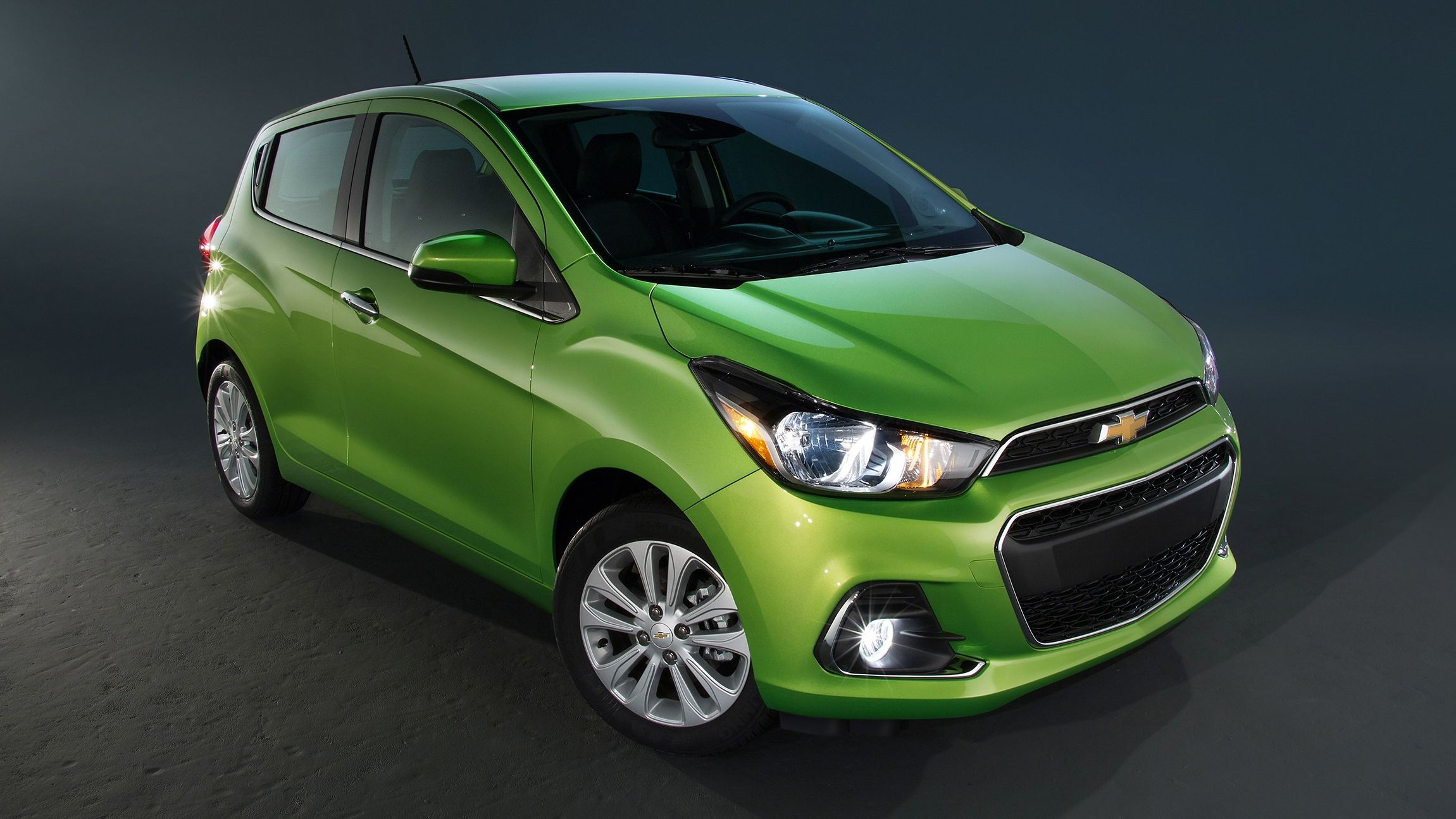Chevy->ke199 has just announced a $5 billion investment plan to develop a new vehicle family intended to bolster its presence in global growth markets. Chevy is focused on tailoring the new line to be flexible in meeting “rapidly changing” consumer demands, and will include advanced technologies in the areas of connectivity, safety and fuel efficiency. The cars will come in a variety of different body styles and be equipped with both diesel and gas engines. The first entry is expected to make its debut in 2019.
Looking ahead to the next 15 years, the automaker anticipates a good deal of industry growth “outside of mature markets,” and as such, will seek to secure long-term profitability with this new investment. The new vehicle family will replace several existing vehicles already sold overseas, although Chevy declined to specify which models would get the axe.
Part of the plan includes an expanded partnership between General Motors->ke1024 and the Chinese state-owned auto-manufacturing company SAIC Motor, with the two firms signing an agreement to jointly develop the core architecture and engines for the new vehicle family.
Chevy says a multinational team of engineers and designers is tasked with creating the new vehicle family to meet the expectations of customers in each individual market where the vehicle will be sold. These include Brazil, India, Mexico and China,->ke2090 with exports also expected to other high-growth, emerging markets.
Chevy hopes to see sales for the new line grow to more than two million units annually. Critically, the new vehicles will not see export to markets like the U.S. or Europe.
Further information on the investment plan and the new vehicle line for each market will be announced in the future.
Continue reading for the full story.
Why it matters
It’s a big, global village we’re all living in, and with it comes a desperate need for consolidation. As systems get bigger, they must also become more cohesive, yet remain flexible enough to bend to demands that can, at times, be at odds with one another.
This is obvious when watching the auto industry attempt to expand into emerging markets. Automakers can no longer off-load outdated models as a lower-cost alternative to more modern vehicles. Instead, there is strong demand for more cutting-edge technology, which can be tough to bring in high-volume. However, platform consolidation can go a long way toward meeting that goal.
At the moment, roughly 75 percent of GM’s products come from 14 core architectures, and all those different platforms represent a good deal of overlapping (saved) development costs.
This new program will hopefully save GM a ton of money, and consequently lower final vehicle prices for consumers. It’s all part of GM’s overall architecture consolidation plan to build nearly every one of its cars from just four vehicle sets by 2025. Other, more near-term cost-cutting measures include local parts sourcing and local manufacturing at pre-existing facilities overhauled to accommodate the new, low-cost architecture.
Ford Motor Company->ke31 is taking a similar approach with its One Ford mandate, focusing on a single line of vehicles that is flexible enough to meet the demands of individual markets.
GM predicts that emerging markets will account for 55 percent of sales growth over the next 15 years, with China contributing 33 percent to that total. Conversely, mature markets like the U.S. will contribute just 12 percent of new sales.
Obviously, China is the main target here, so expect the new cars to cater mostly to Chinese market demands. Meanwhile, GM has pulled away from other markets like Thailand, Indonesia and Russia, seeing high risk and difficulties in making a return on investment.
GM currently sells 10 million vehicles annually worldwide, making this new line an expected 20 percent growth overall. All things considered, that’s pretty massive.
What’s this mean for U.S. consumers? While Chevy says the new line won’t see a debut stateside, it doesn’t mean the platforms won’t necessarily be used over here. Could the new vehicle family give us a glimpse into future Chevy products offered to the U.S market?
It’s certainly not out of the question.

